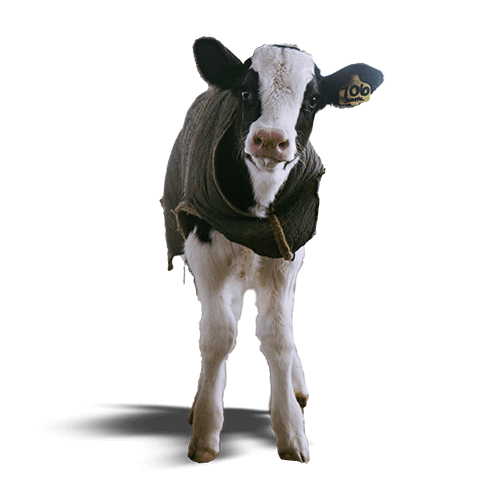Dental Care
Cats and small dogs are particularly prone to severe dental disease, but any pet can have a problem. Feeding a dry food reduces the incidence of dental disease compared to being fed all wet food. A full dental check is performed at the Annual Health assessment. Teeth brushing is the best way to prevent dental disease. If your vet or vet nurse recommends to have your pet’s teeth cleaned – heed that advice as it will save both the dog and you in the long run.
WHY Dental Care is Vital
Dental Disease can, quite simply, cause your pet severe pain and discomfort and may even shorten their life due to organ failure as a result of the constant bacterial attack on the liver, heart and kidneys from chronic gum infections.
It is estimated that 80% of pets over three years old will have some degree of dental or periodontal disease and by older age many pets will be in dire need of treatment to prevent pain, discomfort and premature death from undiagnosed and untreated dental disease.
The good news is that with a good diet (dry food!) and preventative care, dental problems are very easy to prevent. Your pet’s teeth will be checked at the Annual Health Assessment & Vaccination and your vet may recommend you come in for a dental check in the intervening months.
If your vet or veterinary nurse notices any tartar, gingivitis, periodontitis etc they will advise you on the best course of treatment. This will often include admitting your pet into the practice for a ‘dental’ to get things back to the way they should be. A dental entails general anaesthesia (they bite when awake!) and removal of all the tartar and other ‘gunge’ from your pet’s teeth with an ultrasonic descaler.
Once this is done each tooth and its roots are examined individually and if required the tooth can be removed. Unlike in humans, if there is any doubt vets often remove the tooth. Your pet will do fine with the tooth gone whereas with it there they may have problems very soon again and require another treatment. Finally, the teeth are polished to smooth out any microscopic imperfections and help reduce the build-up of more tartar.
In general, this is a day procedure and is done routinely. For older animals your practice will discuss doing pre-anaesthetic blood tests to ensure the risks are minimised.
In short, do not underestimate the importance of looking after your pet’s teeth. Prevention is better than cure – so daily brushing is the gold standard, but a good diet and watchfulness will make sure that you spot any problems early.
Teeth brushing is not as difficult – or as daft – as it sounds and really is the best way to minimise any incidences of dental disease. In particular, you should try to do it if your pet has just had or is just about to have a ‘dental’. Whilst your vet can get the teeth as clean as possible, it is then up to you to try to keep them that way, otherwise your pet will probably have to go back for future dental cleaning.
Don’t forget this is not your vet’s fault – all they can do is get the teeth as clean as possible, but from the next day they will start to get dirty again and will end up as bad as before the ‘dental’ unless you do your bit at home.
Signs of Dental Problems
• Bad breath – one of the first signs of dental disease
• A yellowish-brown crust of plaque on the teeth near the gum line
• Red and swollen gums
• Pain or bleeding when your pet eats or something touches the mouth or gums
• Decreased appetite, weight loss or difficulty eating
Instructions for Brushing Teeth
Choose a quiet time and place to start the brushing.
It is best to teach your dog to accept brushing while he or she is still a puppy. If you have an older dog, the process may take a little longer.
Start by rubbing your finger or a soft cloth over the dog’s teeth in a back-and-forth motion.
Once your dog is comfortable with this, you may try letting him or her taste a little bit of toothpaste from your finger. Pet toothpaste is recommended and is very appetizing to most pets. It may make brushing more enjoyable for them. Human toothpaste should not be used as it can result in the pet having an upset stomach.
Once your dog has accepted the taste of the toothpaste, apply a small amount to a toothbrush and begin by raising your dog’s lip with your free hand, then brushing one or two cheek teeth in a straight back-and-forth motion. Try to hold the brush at a 45-degree angle to the tooth, with the bristles pointing toward the gumline. You will need to open the dog’s mouth slightly in order to reach the lower gumline.
Work from the back teeth toward the midline of your dog’s mouth, then switch to the other side.
Gradually work up to brushing all of the teeth (this will probably take several days). Make sure you reach the big teeth at the back of the mouth.
Generally, only the outer surfaces of the teeth need to be cleaned because the tongue tends to remove plaque from the inner surfaces.
Try to brush for approximately 30 seconds per side.
Make sure you give your dog plenty of praise during and after brushing. This will make the experience more positive and will make it easier to brush the next time.
A dog’s mouth houses plenty of harmful bacteria, so it is a good idea to wash your hands and the toothbrush thoroughly when you are done.






